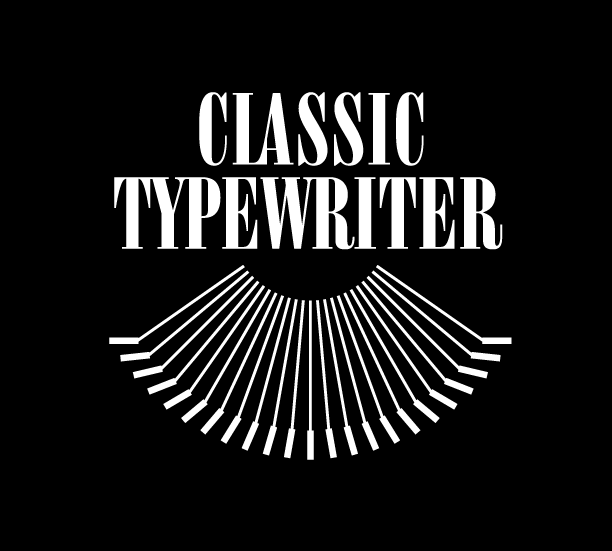The Complete Guide to Typewriter Ribbons: Materials, Sizes, and Historical Context
1937 Smith Corona Standard with original vintage metal ribbon spools.
Typewriter Ribbons: A Brief History
Every typewriter needs a ribbon. Thin strip of fabric soaked in ink. Typebars strike it, ink transfers to paper. Simple mechanism. Critical component.
The Materials
Cotton was standard for decades. Durable, good ink absorption, produces that slightly textured vintage look on paper. Authentic. Traditional. But it dries out if you don't store it properly.
Silk was the premium option in the early 20th century. Fine weave meant smoother ink distribution, crisper print. Luxurious feel. High-end correspondence, professional documents. Expensive then, rare now.
Nylon is what most people use today. Lightweight, durable, holds ink well. Doesn't dry out like cotton. Flexible, consistent, affordable. The practical choice for regular typing.
Spools and Sizes
Modern universal spools fit most typewriters. Convenient. Easy.
Vintage machines often need proprietary spools—specific to the brand or model. Collectors wind new ribbons onto old spools to keep things authentic.
Most ribbons are 1/2 inch wide. That became standard by the mid-20th century. Earlier machines sometimes used 3/4 inch ribbons. Those are harder to find now.
The Standardization
Early typewriters had no consistency. Remington, Underwood, Oliver—each used their own ribbon designs. Incompatible across brands. Marketing strategy and logistical nightmare combined.
By mid-century, businesses needed typewriters everywhere. Interchangeable parts became essential. The 1/2-inch ribbon emerged as the standard. Simplified manufacturing, reduced costs, made office supply stocking easier.
That standardization helped typewriters spread. Common parts meant common accessibility.
Choosing Your Ribbon
Check your typewriter's spool size and ribbon width first. Then decide on material—nylon for regular use, cotton or silk for restoration or special projects.
Many ribbons come dual-color. Black and red. Useful for emphasis.
Care
Store ribbons in a cool, dry place. Rewind them occasionally to distribute ink evenly. Replace when the print gets faint or uneven.
What It Means
Small detail. Significant impact.
The right ribbon changes how your typewriter performs and how your words look on paper.
Choose wisely.
(Almost all of the typewriters we’ve curated use the Universal ribbon size, which will save you some headache going forward).
Present Company => Every new moon we gather around a paper newsletter.

